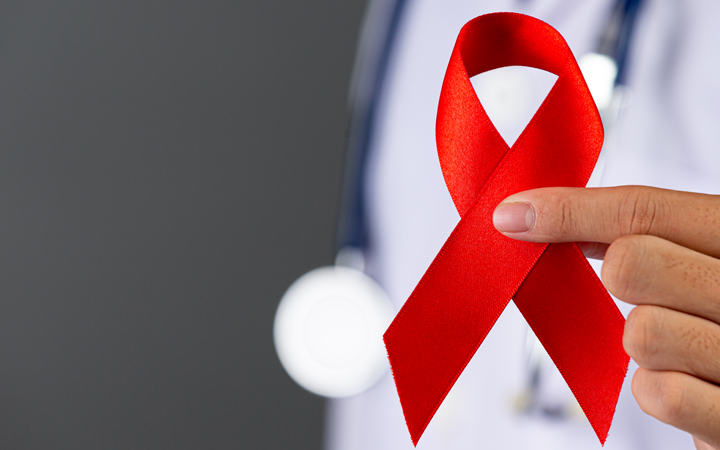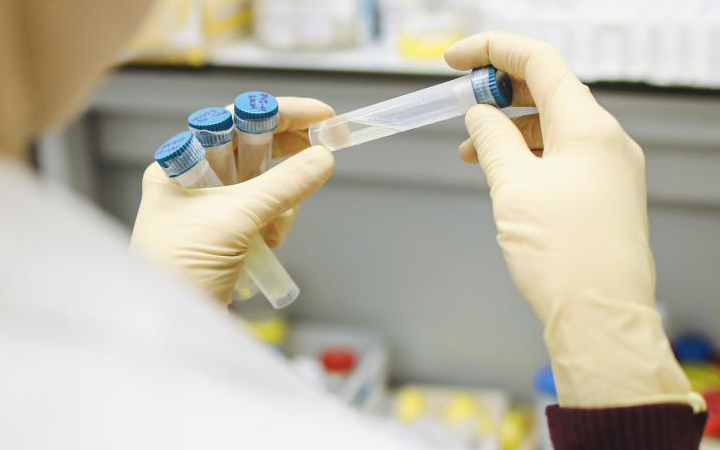HPV Infection in Men: Why Keep Men Involved in HPV and Cervical Cancer Elimination?
Human Papillomavirus (HPV) is a widespread infection that not only affects women but also poses a significant threat to men. In recent years, groundbreaking research published in The Lancet Global Health has shed light on the prevalence of HPV infection in men, prompting a crucial discussion about the involvement of men in the efforts to eliminate HPV and prevent cervical cancer.
To comprehend the urgency of involving men in HPV prevention, it’s vital to examine the latest global data on HPV infection in men. According to recent studies, the prevalence of HPV among men is a significant concern, as it contributes to the transmission of the virus and, consequently, the development of multiple HPV-related diseases and cancers in women and men. These findings emphasize the importance of inclusive strategies to combat HPV on a global scale.

What is HPV?
Human Papillomavirus (HPV) is a group of viruses that infect the skin and mucous membranes. It is the most common sexually transmitted infection globally. In recent years, there has been much urge to involve males in the strategy to eradicate HPV infection, considering[1]:
1. Prevalence: About one in three men over the age of 15 are infected with at least one type of genital HPV. More specifically, one in five are infected with high-risk or oncogenic HPV types, which have a greater potential to cause cancer.
2. Systematic Review and Meta-analysis: The study analyzed data from research conducted between 1995 and 2022. It determined a global pooled prevalence of 31% for any HPV type and 21% for high-risk HPV types. HPV-16 emerged as the most common genotype, affecting 5% of the population, followed by HPV-6 at 4%[2].
3. Age and Regional Variations: The prevalence of HPV is particularly high in young adults, peaking between the ages of 25 and 29. The prevalence estimates were similar across various global regions, including Europe, Northern America, Sub-Saharan Africa, Latin America, the Caribbean, and Oceania. However, the prevalence in Eastern and South-Eastern Asia was about half that of other regions.
4. Health Impact of HPV: HPV infection in men can cause anogenital warts and is associated with cancers of the penis, anus, and oropharynx, predominantly linked to HPV type 16. The International Agency for Research on Cancer estimated around 69,400 cases of cancer in men caused by HPV in 2018[3].
HPV is primarily transmitted through intimate skin-to-skin contact, and most individuals contract it at some point in their lives. Often, the body’s immune system clears the infection, but persistent infections can lead to health complications. HPV houses over 200 related viruses and falls into 2 types:
- High-risk HPV is the main reason for HPV-related cancers. There are 14 types of high-risk HPV types, with HPV 16 and 18 being the main contributors (70%) to cervical cancer[4].
- Low-risk HPV can cause warts in the genital area, anus, mouth, or throat. The warts developed in the larynx or respiratory tract might lead to a condition known as respiratory papillomatosis, which has the potential to cause difficulties in breathing[4].

Screening of HPV Infection in Men
Males play a crucial role in HPV transmission, serving as reservoirs for the virus. The transfer of high-risk HPV strains from men to women can result in cervical precancers and cervical cancer. To comprehend the significance of male involvement in HPV prevention, it’s essential to understand the symptoms and risks associated with HPV infection in men.
The introduction of HPV screening in males becomes imperative to identify and manage the infection effectively. Recognizing the symptoms early and understanding the risks are vital steps in controlling the spread of HPV infection in men and women. People in the following groups can follow the testing recommendation:
1. Males who partner with females
This group of males can make their choice whether to do the HPV test.
2. Males with anal/genital warts:
Males with anal/genital warts are the most common sexually transmitted diseases, with over 90% of cases caused by low-risk HPV types 6 and 11. Genital warts caused by HPV are roughly 340,000 to 360,000 people yearly[5]. It can be diagnosed with the naked eye or microscopic observation and physical examination. HPV testing is not significant for diagnosis and does not affect the treatment of warts. Therefore, HPV testing is not recommended for this group.
3. Recurrent respiratory papillomatosis (RRP)
HPV types 6 and 11 are the main types of HPV infecting the respiratory tract, with occasional infections of HPV types 16 and 18. Studies have shown that HPV typing helps predict the severity of the disease. HPV type 11 is related to distal dissemination in the respiratory tract, and types 16 and 18 are high-risk subtypes associated with malignancy. HPV typing tests are recommended in these patients.
4. Males contract HPV-related cancer
HPV types 16 and 18, which are the cause of almost all cervical cancers in women, are also the main cause of anal, tonsil, and tongue cancers, as well as important risk factors for vulvar, vaginal, penile, laryngeal, and head and neck squamous cell cancers. HPV tests have been proven to be efficient and valuable in making further confirmation and clinical treatment selection and modification.
In the pursuit of eliminating HPV and preventing cervical cancer, reliable and efficient detection solutions are paramount. Sansure offers cutting-edge HPV detection solutions designed to provide accurate and timely results.
Sansure has innovated a high-throughput and high-efficiency for HPV PCR testing., also has provided faster and more convenience solution which reduces the time to obtain results from hours (typically 5-6 hours) to less than 30 minutes.
These HPV testing sets are instrumental in early detection, allowing for prompt intervention and treatment. The comprehensive approach of Sansure’s products aligns with the goal of inclusive HPV prevention, emphasizing the importance of both male and female health. Sansure’s commitment to innovation and excellence in HPV detection reflects the urgency and significance of addressing HPV infections in men and women alike.
Conclusion
The global effort to eliminate HPV and prevent cervical cancer necessitates the active involvement of men. The latest research on HPV prevalence in males emphasizes the urgency of expanding our focus beyond female-centric strategies. By understanding the role of men as carriers of the virus and recognizing the symptoms and risks associated with HPV infection in men, we pave the way for comprehensive prevention and control.
Our advanced HPV detection solutions serve as our effort to eradicate HPV infections in men and women. Creating a world free from the threat of cervical cancer requires a collective strategy to safeguard the health of both men and women. Visit our website for more information about HPV.
Reference





